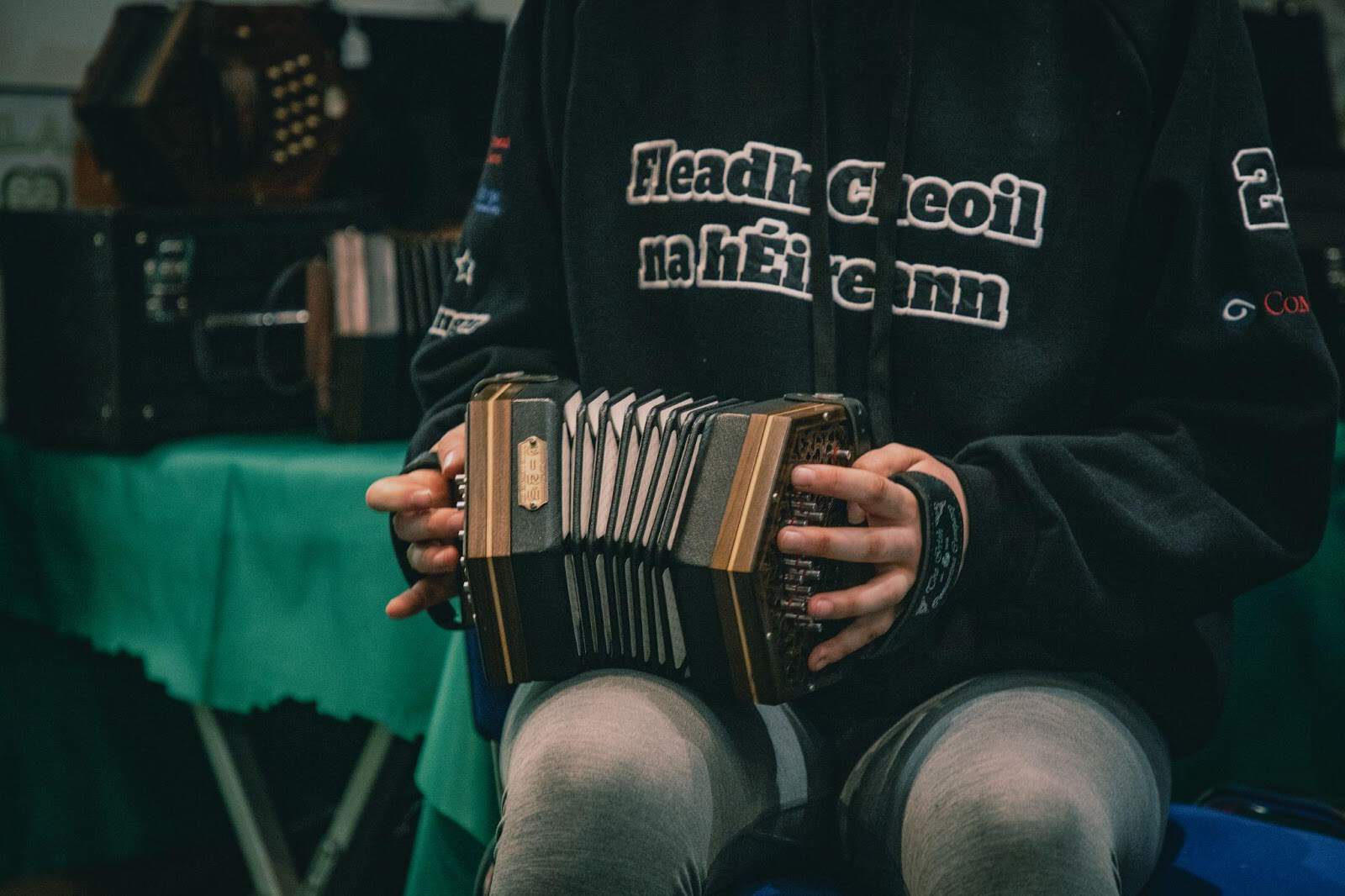In the rich scene of Irish music, the concertina accordion holds a special place, weaving its melodic strains through the centuries of tradition and innovation. With its distinctive sound and versatility, the concertina has become an integral part of the Irish musical landscape, capturing the hearts and imaginations of musicians and listeners alike. Let us embark on a journey through time to discover the fascinating history of this beloved instrument in the realm of Irish music.
The roots of the concertina accordion can be traced back to the early 19th century, when it emerged as a popular instrument in England and Germany. Its compact size, portable nature, and expressive capabilities quickly made it a favorite among musicians across Europe. It wasn’t long before the concertina found its way to the shores of Ireland, where it would leave an indelible mark on the country’s musical heritage.
In the mid-19th century, Ireland was undergoing a cultural revival known as the Gaelic Revival, which sought to preserve and promote Irish language, literature, and music. The concertina, with its ability to convey emotion and tell stories through music, became an essential tool in this cultural resurgence. Its popularity soared among Irish musicians, who embraced it as a means of expressing their identity and heritage.
One of the earliest champions of the concertina in Irish music was the legendary musician and composer, Paddy O’Brien. Born in County Tipperary in 1919, O’Brien was renowned for his virtuosic skill on the concertina and his vast repertoire of traditional tunes. He helped popularize the instrument both at home and abroad, inspiring a new generation of musicians to take up the concertina and explore its possibilities in Irish music.
Throughout the 20th century, the concertina continued to evolve and flourish within the Irish music scene. It found a home in traditional Irish music sessions, where musicians would gather in pubs and homes to share tunes and stories. The concertina’s bright, lively sound added a vibrant dimension to these gatherings, enhancing the sense of camaraderie and community among players and listeners alike.
One of the most influential figures in the modern revival of the concertina accordion in Irish music is Noel Hill. Hailing from County Clare, Hill is widely regarded as one of the greatest concertina players of his generation. His innovative playing style and meticulous attention to technique have helped elevate the concertina to new heights of artistry and expression. Through his teaching and performances, Hill has inspired countless musicians to explore the rich musical possibilities of the concertina in the context of Irish tradition.
In recent years, the concertina accordion has experienced a resurgence in popularity, thanks in part to a new generation of players who are pushing the boundaries of traditional music while honoring its roots. Artists like Edel Fox, Caitlín Nic Gabhann, and Mícheál Ó Raghallaigh are bringing fresh perspectives and innovative approaches to the instrument, expanding its repertoire and reach in exciting new directions.
Today, the concertina accordion remains an essential component of Irish music, cherished for its distinctive sound, versatility, and enduring appeal. Whether played in a lively session at a local pub or on stage at a prestigious concert hall, the concertina continues to captivate audiences with its emotive melodies and timeless charm.
As we reflect on the history of the concertina accordion in Irish music, we are reminded of its enduring legacy and the profound impact it has had on the cultural landscape of Ireland. From its humble origins to its current prominence, the concertina stands as a testament to the power of music to connect us to our past, unite us in the present, and inspire us for generations to come. So let us raise a glass to the concertina accordion and the musicians who breathe life into its notes, keeping the spirit of Irish music alive and thriving for all to enjoy.







